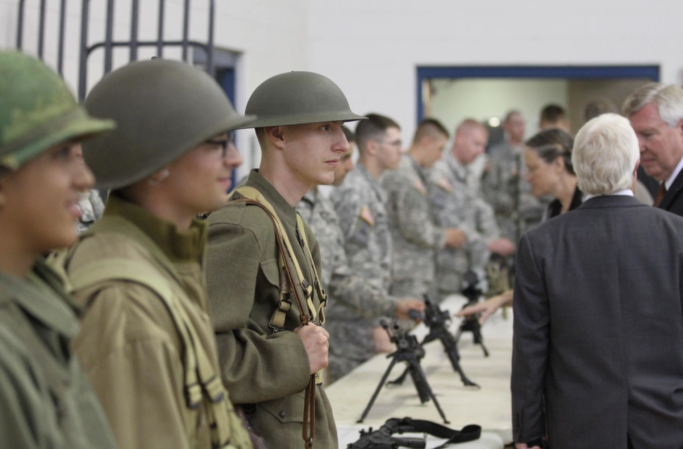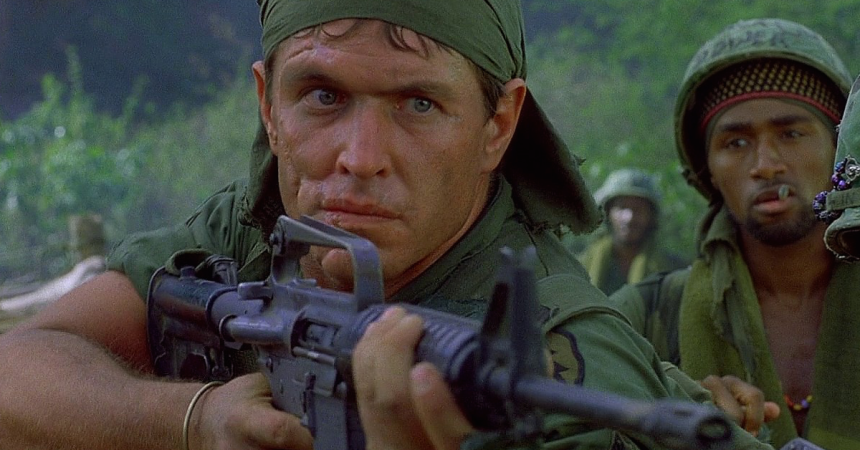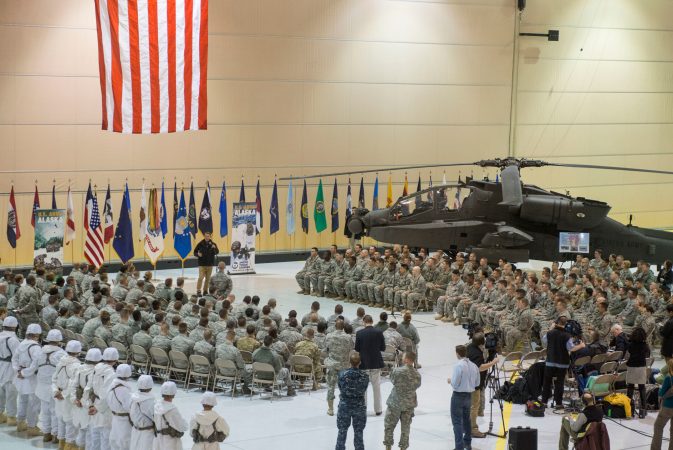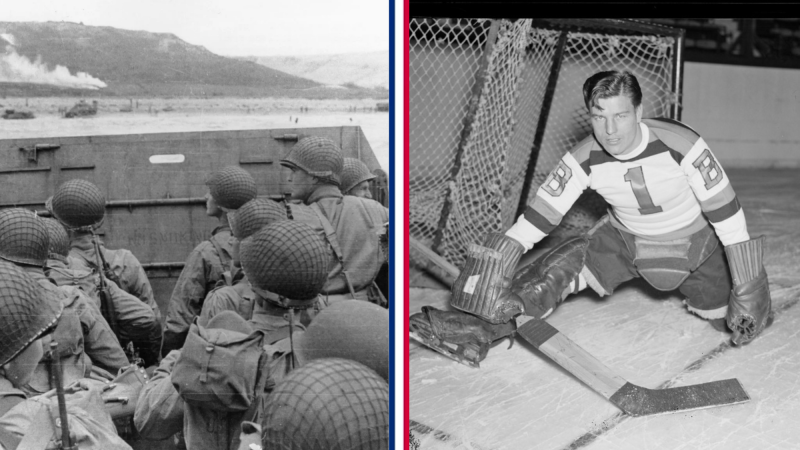In January 2002, the Army revised their Combatives Field Manual (FM 3-25.150), which has been a fantastic training aid when it comes to teaching the Modern Army Combatives Program. It lays down the groundwork literally, but without an instructor, there’ll be many gaps in instruction to fill.
Unlike many of the other documented skills in the Army, combatives is not something you can just read in a book — the actual FM isn’t any help either.
The Stretches
Combatives is a very aerobic activity that requires nearly every muscle in the body. Stretching is important before and after any exercise, yet the manual only covers five stretches and only one is not buddy-assisted.
1. The backroll stretch:
The point of stretching is to loosen up your muscles, not immediately throw out your back. Any sudden movements out of this one and you’re done.

2. The buddy-assisted hamstring stretch
A flaw in the “buddy-assisted” stretches is that the person assisting has no knowledge of what is helpful and what is hurting. They could push the stretcher to the point of injury or they could just do nothing at all. Not only is the risk of injury higher, it takes time away from what could be used stretching both combatants.

3. The buddy-assisted groin stretch
The same goes for the buddy-assisted groin stretch… except there are countless other methods to stretch your own groin that don’t involve outside help.

Basic ground-fighting techniques
Combatives lessons are broken down into three levels: one, two, and three (and technically four, but that’s a Master trainer course). Combatives level-1 is meant to get a soldier’s toes wet, but troops often come out thinking that their shrimp drills and mounting drills make them the toughest SoB in the bar.
4. The front mount and the guard
Much of the training revolves around learning these two positions. To the untrained eye, the person on top is always the one in control. While this is true for the front mount, the soldier on their back in the guard position actually has control of the fight. It all comes down to who has positive control of the other person’s hips and their center of balance.


5. Arm push and roll to the rear mount
The bread-and-butter of combatives level-1 is learning to switch between the various ground stances. However, much of this relies on your opponent giving you stiff arms (where the elbow is locked straight). In a controlled environment, it’s not a problem. In reality, fists fly too fast for you to grab them.

Advanced ground-fighting techniques
Stepping into level-2 doesn’t make you any more of a badass. You’ll still cover the same techniques, with maybe three or four new moves spliced in.
6. North-South Position
In this position, the person on the ground is in complete control. The problem with the North-South Position is that this an extremely ineffective hold. Placing your hands in the person’s armpits restricts their arms, but it still gives them the freedom to knee your head and punch your sides.

7. Captain Kirk
The objective of the Captain Kirk is to flip the opponent over you by hoping they bend down, give you stiff arms, and have moved their center of balance far enough forward for you to roll backwards.
The only applicable time for this is when a troop has watched too much WWE and is going for the Batista Bomb.

Takedowns and throws
These are your finishing moves. During combatives level-1, almost no focus is put onto these… despite being the actual goal of the program.
8. Attack from the rear
One crucial step is missing from the illustration: Applying the force needed to the enemy’s fourth point of contact and lifting from their ankles. The illustration goes from “Get ready, get set…” directly to “finished.”











